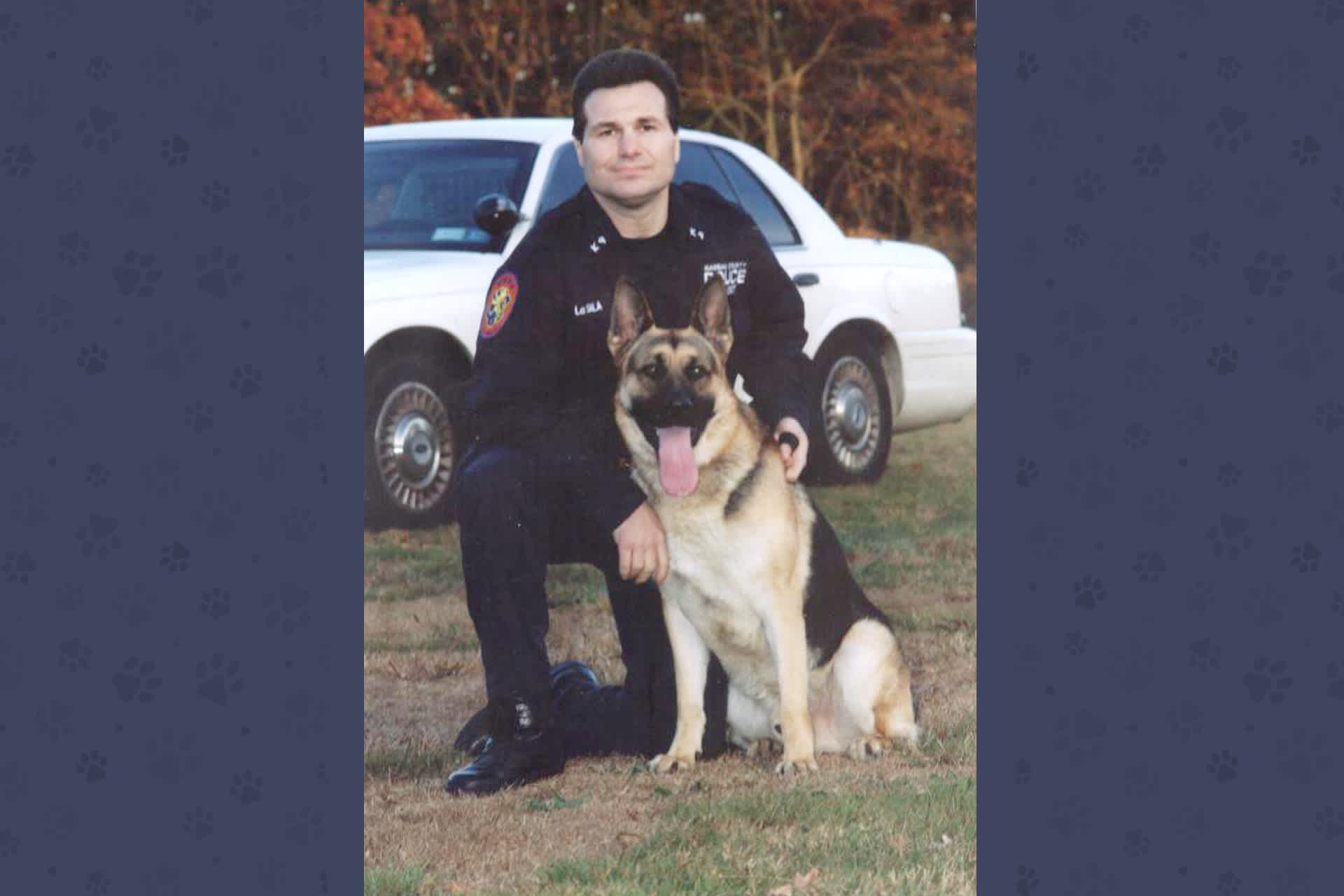Real Talk with Mike LaSala

As a police officer in Nassau County, New York, Mike LaSala had partners that didn’t talk and were covered with fur. Sometimes, they stuck out their tongue and licked him. That may sound strange—until you learn that LaSala’s partners were dogs. LaSala retired in 2020, but for more than 16 years, he worked as a Nassau County Police Department K-9 handler. That’s a police officer specially trained to use certified working dogs, called K-9s, in the line of duty. K-9, of course, is law enforcement lingo for canine.
“[They have] a huge level of dedication,” LaSala says about police dogs. “They’re doing it because they love to do it, and when you’re a handler, you have to return that.” With their keen sense of smell, these highly-trained dogs “accomplish tasks that no police officer would ever get done,” LaSala says.
Would you like to one day work as a K-9 handler? Twelve-year-old Matthew Cona would. K-9 handler friends and mentors of the aspiring first responder know him as Chief Matt. Your Hot Job invited Chief Matt to interview LaSala. Read on to learn about this cool career.

What were the hardest parts about being a K-9 handler with your two K-9s, Maverick and Jax?
To become a K-9 handler in Nassau County, there are three types of certifications. [K-9] patrol is an additional 540 hours of training from your initial police force training. Then you train in narcotics (illegal drugs) or explosives. Both of my dogs were narcotics-detection dogs, and that was at least another 320 hours of training. Then there’s a full day for certification.
It’s humbling, because you can’t give the dogs back the level of loyalty they give you. They’re fiercely allegiant.
How did becoming a K-9 handler change your work as a police officer?
It actually made me busier. You’re called anytime that something needs to be done. When there’s a robbery, call K-9. Anytime a suspect might flee, call K-9. A missing person—dogs are certified in tracking human scent. They can track a person, find evidence, and also do a building search. Everyone else stands around the building but you go in with your dog. It makes your career a lot more dangerous and a lot more fun.
Did Maverick and Jax get to live with you?
The dog comes home with you. It’s with you all the time! You trust them with your little kids and you trust them with your life. My kids would sit on them, lay on the couch with them. Both of them were amazing dogs.
How did you choose the dogs’ names?
My kids were involved in their naming. My son Nick was watching the movie Top Gun back then. That’s where Maverick came from. That made me nervous because that would make me Goose! Jax was just a name that was picked out by the kids for no particular reason.
Did Maverick and Jax ever save a life?
Maverick probably saved my life at least once a year the first three years we worked together.
What’s your greatest memory of working with a K-9?
There isn’t just one. Just getting to go to work with them every day is my fondest memory.
What advice would you give to kids who would like to be K-9 handlers?
Being a good K-9 handler is like being a good parent. You have to be dedicated, consistent, and balanced. You have to think of that dog first. Treat that dog as well as they will treat you. It’s all about their trust in you.

